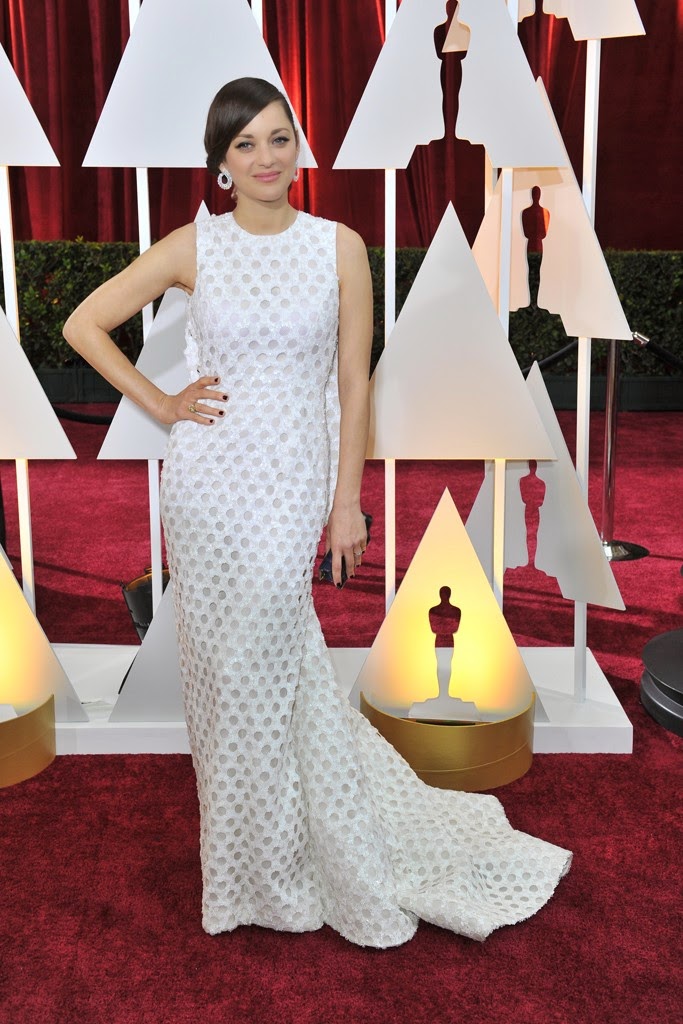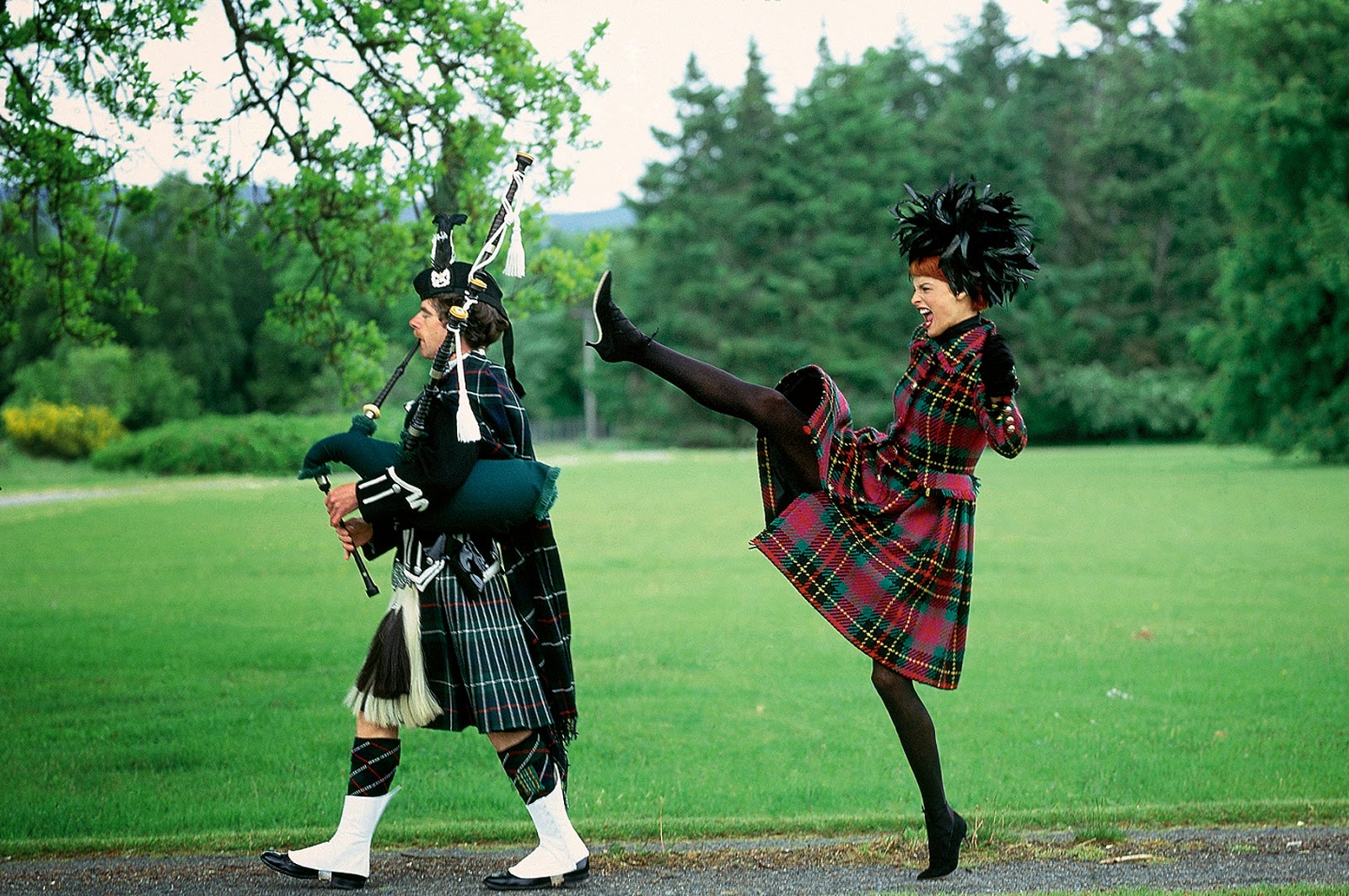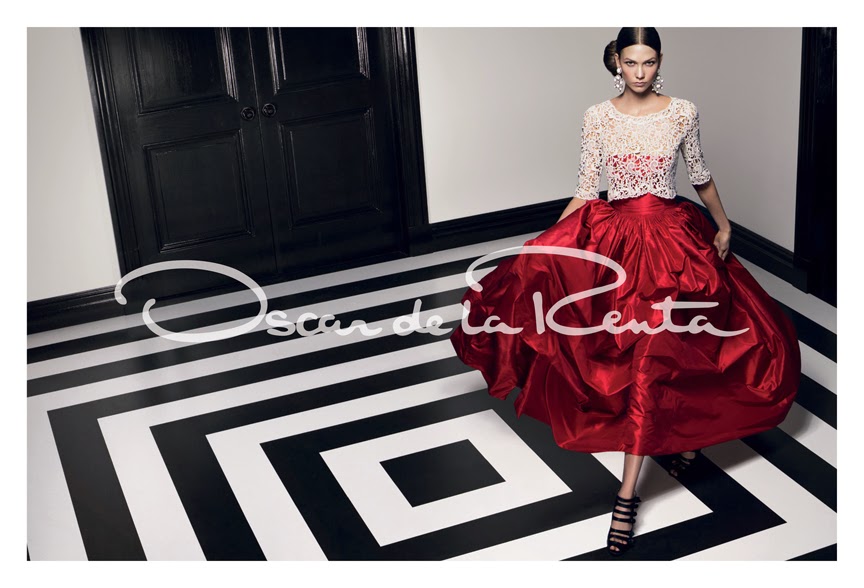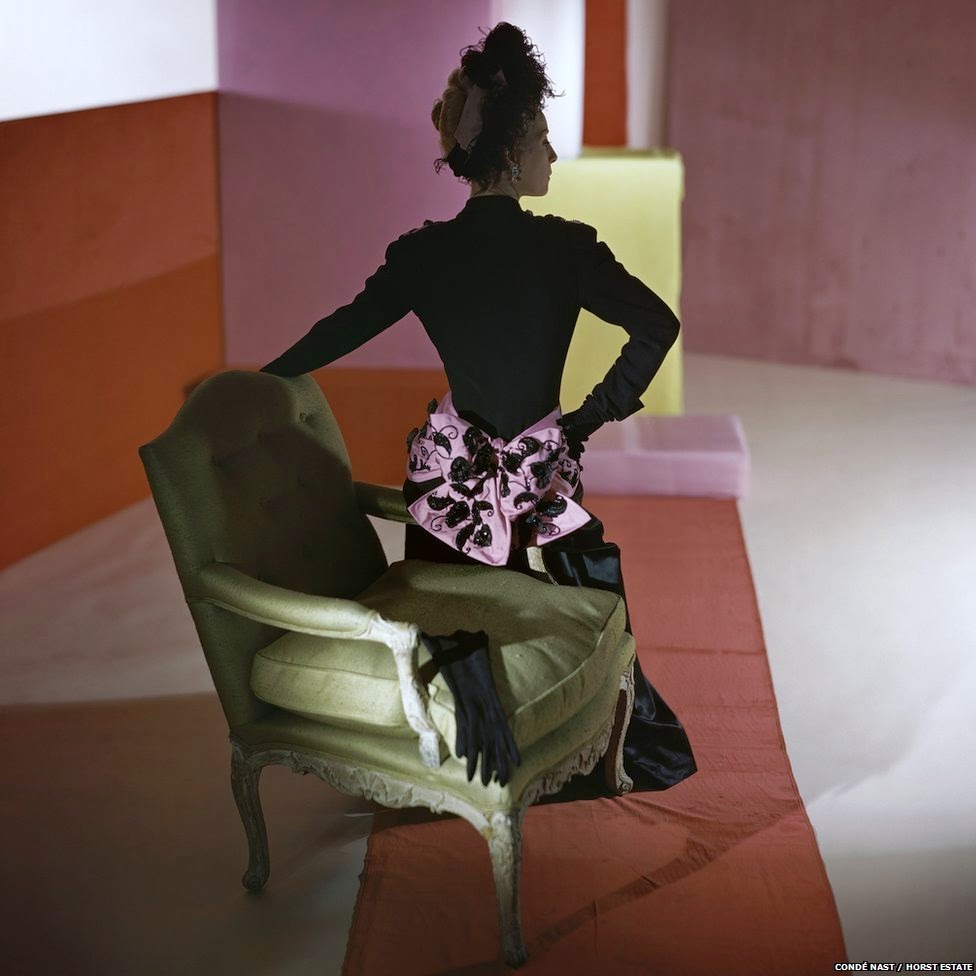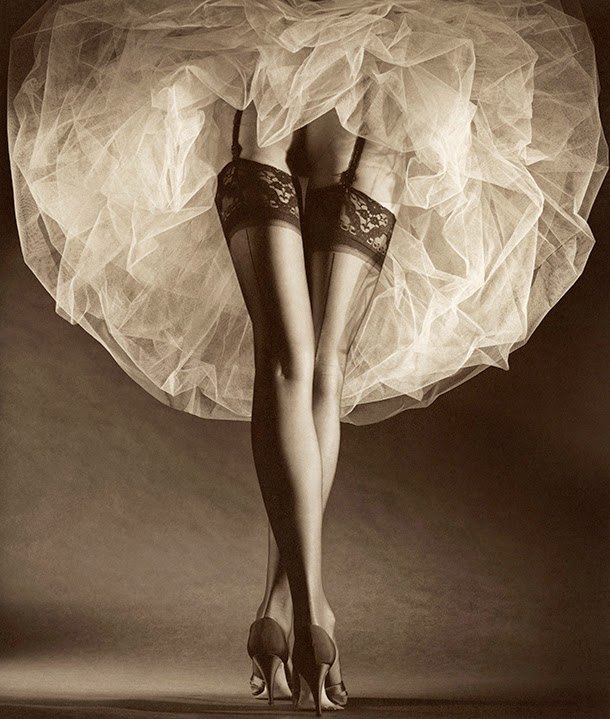The Sandman Chronicles
Thursday, December 24, 2015
Monday, February 23, 2015
Oscars 2015 - who won for best dressed?
The awards season always culminates in the Oscar ceremony, so the ladies keep their best bets for impressive (or disastrous) appearances for this night. Who wore whom has managed to upstage who won what, and with the choices the Academy makes each year, deservedly so. Let's check some of the best dressed ladies on the 87th Academy Awards red carpet (all photos courtesy of wwd.com and Donato Sardella, and Getty Images).
Update: The best dressed lady was not even on the red carpet (of the actual ceremony that is): Diane Kruger went to the Vanity Fair Party in a smashing Donna Karan pants/dress outfit:
Update: The best dressed lady was not even on the red carpet (of the actual ceremony that is): Diane Kruger went to the Vanity Fair Party in a smashing Donna Karan pants/dress outfit:
Mark Seliger portrait in a special set/photo booth inside the VF party - Joshua Jackson accessory optional
Look at that train! Photo by Billy Farrell/Bfanyc.com
Cate Blanchett is the undisputed Queen of Hollywood. She probably surprised most of the nominated for Best Actress ladies in picking a simpler dress to wear (Galliano for Margiela, a first for Oscars) - you can see it in the outfits they picked, thinking of how to upstage Cate who would be giving them the award. Tough luck ladies. Cate is never upstaged. The necklace is a one of a kind piece from Tiffany's in their signature colour. It doesn't get more regal than this.
Lupita Nyong'o is resplendent in a custom made Calvin Klein dress covered with 6000 pearls. She's becoming the heir to Cates' throne.
Margot Robbie wore a laid back Saint Laurent dress with a 30s Van Cleef and Arpels necklace that suited the plunging neckline so good. I think if she had piled some big hammered gold cuff bracelets on it would have looked even better - next time check Loulou De La Falaise on how to wear YSL.
Thankfully Rosamund Pike did not disappoint - I was afraid it would be yet another disaster like some of her recent appearances. But she rose to the occasion with this magnificent Givenchy Couture. One of the rare occasions that red looks good on the red carpet.
When I read that Emma Stone, one of my favourites, would be wearing Elie Saab, I flinched. I do not like most, if not all, the clothes Saab makes, so it looked as a disaster in the making. Fortunately it wasn't. My only objection is the light shade of green - she would have looked so much better in a darker one.
AP IMAGES
Marion Cotillard picked an unusual shape (at the back at least) for the red carpet - and it was a breath of fresh air. I love the texture of the (lasre cut?) fabric and she looks great in it. So beautiful and French. Dior Haute Couture.
Scarlett Johansson is the embodiment of "whoa" here. I love her short hair (although it looked as if she skipped the hairdresser this time) and the shade and shape of the dress suits her to a T. Versace Atelier with Piaget necklace.
Sophie Hunter looks gorgeous in this red Lanvin - another proof that red can look great on the red carpet as long as you have an amazing dress. Cumberbatch accessory optional.
I love Patricia Arquette and she always looks great on the red carpet. Simple, elegant, real. She's wearing Rosetta Getty who designed this especially for her.
How stunning can Viola Davis look? Very. Even though a stronger colour would have suited her better (a violet?), she nails it once again. Zac Posen should research some fabrics that do not crinkle that easily.
Naomi Watts (Naomi fookin Watts) got some flack for this Armani Prive gown, but I really like it. Texture, metallics, cut, all work well on her.
A knight in shining armour. I love this encrusted metallic gown Laura Dern is wearing, like a modern Joan of Arc. Only missing a sword. Custom made Alberta Ferretti,
Tegan and Sara, nominated for best song for the Lego movie, stayed true to themselves and their style. And won hands down. Tegan is wearing a The Kooples suit and Barbara Bui shoes, while Sara is in a Public School dress. Everything is awesome indeed.
Labels:
Academy Awards,
Armani,
Award,
best dressed,
Calvin Klein,
Dior,
dress,
Galliano,
Givenchy,
gown,
Haute Couture,
Lanvin,
Margiela,
Oscar,
Oscars 2015,
red carpet,
Versace,
Yves Saint Laurent
Wednesday, December 24, 2014
Wednesday, October 22, 2014
Oscar De La Renta dies
One of the designers that epitomized american fashion (whichever way you look at it), Oscar De La Renta died on the 20th of October 2014 at 82. His illustrious and enduring career spanned nearly half a century. Trained by fellow Latin designers Cristóbal Balenciaga and Antonio del Castillo (at Lanvin), before returning to the USA to launch his company. He had a stint in Balmain for whom he took the rains in the 90s to make heavenly couture. He dressed many women, making them look and feel better. He loved women, he loved designing for them, being with them, loving them. His Dominican roots were always a major part of his aesthetic and style without overwhelming it. But he was first and foremost an American fashion champion, always putting out one collection after another, making clothes the way he saw fit for his loved ladies to enjoy and cherish. Below is a small selection of his work. He will be missed.
Christy Turlington for Bill King, British Vogue, 1986
Sketch by Antonio Lopez for an ad
Balmain couture, Vogue US 1997 by Peter Lindbergh
Linda Evangelista by Arthur Elgort for Vogue US, 1991
Perry Ogden for Town & Country, 2013
Karlie Kloss, advertisment, Spring/Summer 2012
Kate Moss for Annie Leibovitz, Vogue US, 2009
Bridal advertisment, Spring1/ Summer 2011, Craig Mc Dean
Amber Valetta for Steven Meisel, Vogue US 2006
Karlie Kloss, advertisement, Autumn/Winter 2011, by Craig Mc Dean
Steven Meisel for Vogue US, December 2010
Grace Mahary, Imaan Hammam, and Cindy Bruna
by Craig McDean, Vogue US, January 2014
Grace Mahary, Imaan Hammam, and Cindy Bruna
by Craig McDean, Vogue US, January 2014
Harper's Bazaar, 2009
Christy Turlington, advertisment, 1994
Karlie Kloss for Annie Leibovitz, Vogue US, 2013
Fashion show, New York 2009, by Damon Winter/New York Times
Saturday, October 11, 2014
Horst: Photographer Of Style - the V&A exhibition
One of the advantages of being in a metropolis is getting to see amazing exhibitions about almost every subject. Fashion, style and design being my favourites, the Horst: Photographer Of Style exhibition mounted by the V&A museum in London, from September 2014 to January 2015, was perfectly in synch with my trip there to see Kate Bush performing live in Before The Dawn. So I visited V&A again (second time this year) for what is a fantastic exhibition about one of the best photographers that ever lived, Horst P. Horst.
The V&A main entrance poster for the exhibition © 2014 Stratos Bacalis
Born as Horst Paul Albert Bohrmann on the 14th of August 1906, in Weissenfels, Germany, the youngest son of a hardware business owner, he studied design and carpentry at the Kunstgewerbeschule in Hamburg, under the tuition of Walter Gropius. In 1930 he travelled to Paris to work as an apprentice to Le Corbusier. It as there that he met Baron George Hoyningen-Huene, a famous photographer at French Vogue. Huene became Horst’s mentor and partner, teaching him about photography and inviting him into the creative world of 1930s Paris. He then started to work for French Vogue himself, and later on for the American edition and Vanity Fair magazine, where his first portrait of a Hollywood star, Bette Davis, appeared in 1932.
Bette Davis for Vanity Fair, 1932. © Condé Nast/Horst Estate
The rest is history. Horst had a long and wildly creative career, establishing a style completely his own, shooting portraits, fashion, landscapes and even branching into less well known areas of photography, working well into his mid 80s, stopping only when his eyesight failed him. He influenced many photographers and artists, while his images still stand as paragons of lighting, composition and style.
Hat and coat-dress by Bergdorf Goodman, modelled by Estrella Boissevain, 1938. © Condé Nast/Horst Estate
The exhibition is designed as a timeline but also separated into sections of his work: beginning with Haute Couture, it showcases first his fashion work in France and the United States, with the brilliant black&white photohraphs that made him famous and established his personal style.
The entrance of the show. Installation image of Horst – Photographer of Style. © Victoria and Albert Museum, London
Horst was photographing with a collaborative process: that involved of course photographer and model but also the art director, fashion editor, studio assistants and set technicians. Modelling was still in its infancy in the 1930s, if existing at all, so many of those who posed for Horst were stylish friends of the magazine’s staff, often actresses or aristocrats.
By the middle of the decade, Horst had succeded his mentor George Hoyningen-Huene as Paris Vogue’s primary photographer. His images frequently appeared in the French, British and American editions of the magazine. Many of the photographs on display in the exhibition are vintage prints from the company’s archive.
Horst photographic prints from the 1930s © Vogue UK
At the end of this long gallery of photographs, there is a podium with couture dresses from the era, from designers whose clothes Horst shot for Vogue. Meticulously restored and displayed, the outfits recall the glamour and style of the decade while bringing the elusive subjects of his art a bit closer to reality and the visitor.
Custom-made mannequins dressed in original pieces from designers including Mainbocher, Lanvin, Molyneux, Maggy Rouff and Vionnet © Vogue UK
The exhibition then moves on to the second section: Surrealism. Surprisingly for me, one of the main images in this section is what has probably become his most iconic photograph ever: Mainbocher corset.
Mainbocher Corset (pink satin corset by Detolle), Paris, 1939. © Condé Nast/Horst Estate
The Mainbocher Corset is one of the Twentieth Century's most prized portraits. The widely published copy of it is retouched (below) - the corset made to look more snug to the body while the background and other details are refined and enhanced as well. The untouched original (above), depicts the model Madame Bernon wearing a pink satin corset. It was the last photograph that Horst took before leaving Paris and his style developed. It has inspired lots of photographers since then, while Horst himself revisited the styling for a lingerie campaign in the 1980s.
Retouched version of the Mainbocher Corset © Condé Nast/Horst Estate
Most famously, it became the opening sequence for Madonna's Vogue video clip. It was not the only image of Horst referenced in the clip. "Lisa with Turban" (1940), and "Carmen Face Massage" (1946) were made into sequences too. Horst was reportedly "displeased" with Madonna's video because he never gave permission for his photographs to be used and received no acknowledgement from Madonna for doing so.
Frame from Madonna's Vogue video-clip, directed by David Fincher in 1990
Horst’s photographs of his surrealist period feature mysterious, whimsical and surreal elements combined with his classical aesthetic. His trompe l’oeil still lives stand side by side with photographs of the surreal-infused dresses of the designer Elsa Schiaparelli, a close friend of Horst. He also collaborated closely with Salvador Dalí, photographing him as well as his wife, while his work in turn inspired the famous painter too. His fascination with the representation of the female form, fragmenting and turning the human body into an erotic object, was a common thread with the surrealism movement.
Salvador Dalí’s costumes for Leonid Massine's ballet Bacchanale, 1939. © Condé Nast/Horst Estate
The next section of the exhibition is named Stage and Screen: obviously it was filled with portraits of famous Hollywood stars of the era. Some of them have become iconic representations of them and defined their image and career. Even Marlene Dietrich, who infamously accused him of not being able to light her properly, was brilliantly captured by his lens. When she saw the finished photographs, she was so thrilled with them, she used one as her publicity photo Of course he did not limit himself to actors: he shot writers, politicians and royalty, soon to be replaced in the public imagination by stars of the silver screen.
Marlene Dietrich, New York, 1942. © Condé Nast/Horst Estate
The next section features his landscapes from travels in the Middle East and also some photography from his years in the army during WW II and personal objects from that era. After the war. during the summer of 1949, Horst and his partner Valentine Lawford, then political counsellor at the British Embassy in Tehran, travelled by road from Beirut to Persepolis, where Horst was able to photograph parts of the ancient Persian city that had only recently been uncovered. Horst also visited the newly established State of Israel on a photographic assignment for Vogue. He returned the next year. spending a week at the south-eastern shore of the Caspian Sea, afterwards documenting the annual migration of the Qashqa’i clan. Horst and Lawford were invited by Malik Mansur Khan Qashqa’i to spend ten days with his tribe as they travelled by camel and horse, in search of vegetation for their flocks. Of course he photographed every moment of it.
Persepolis Bull, 1949 © Condé Nast/Horst Estate
At the end of this section are two sub-sections, very different from each other, but both showcasing sides of the artist: the first is his photographs of textures found in nature. Partly inspired by photographs of plants by Karl Blossfeldt (1865–1932). Horst was struck by ‘their revelation of the similarity of vegetable forms to art forms like wrought iron and Gothic architecture.’ His interest was also linked to the technical purity of ‘photographic seeing’, a philosophy associated with the New Objectivity movement of the 1920s and ’30s. Horst’s second book, Patterns from Nature (1946), featured close-up, black and white images of plants, shells and minerals taken in New York’s Botanical Gardens, in the forests of New England, in Mexico, and along the Atlantic and Pacific coasts. Cut up and pasted together to form patterns to be used in fabric printing and design, they are a world away from his glamorous fashion and Hollywood photography.
Patterns from Nature Photographic Collage, about 1945. © Condé Nast/Horst Estate
Then the visitor comes near a huge glass showcase, with a set up to resemble the studio Horst used in the 1940s, accompanied by a short film projection opposite, showing him at work (see below). He worked primarily in the Condé Nast studio on the 19th floor of the Graybar Building, an Art Deco skyscraper on Manhattan’s Lexington Avenue. The studio was equipped with a variety of lights and props. In 1951 Horst found a studio of his own, the former penthouse apartment of artist Pavel Tchelitchew, with high ceilings and a spectacular view over the river. He then developed a new approach to photography in response to the abundance of daylight and for a time his famous atmospheric shadows disappeared.
Horst directing fashion shoot with Lisa Fonssagrives, 1949. Photo by Roy Stevens/Time & Life Pictures/Getty Images
The camera and equipment case that Horst used. © Vogue UK
Video: Behind the scenes at American Vogue, 1946 © HBO Archives/The March of Time. Provided by Condé Nast Archive.
Then came a big surprise (at least for me): Horst's work in colour! I was not familiar with his coloured photography, even though many of the iconic images, mainly the numerous Vogue covers, were etched in my mind. I just never thought they were his and only associated him with black & white photography. The first of his many Vogue cover pictures was from 1935, a photograph of the Russian Princess Nadejda Sherbatow in a red velveteen jacket. Horst’s colour photographs are rarely exhibited because few vintage prints exist. Colour capture took place on a transparency which could be reproduced on the magazine page without the need to create a photographic print. The size of the new prints displayed in this room of the exhibition echoes the large scale of a group of Horst images printed in 1938 at the Condé Nast press. "The images are of such high quality and such high resolution that we didn't need to do anything to them at all - we could have actually gone even bigger!" said curator Susanna Brown.
Portrait of model Muriel Maxwell putting on lipstick 1939, © Condé Nast/Horst Estate
Dinner suit and headdress by Schiaparelli, 1947. © Condé Nast/Horst Estate
"Summer Fashions" shoot for American Vogue in 1941, © Condé Nast/Horst Estate
Carmen Dell' Orefice in 1947, wearing a dress by Hattie Carnegie. The original chrome was faded and painstakingly restored for printing © Condé Nast/Horst Estate
Over 90 covers of French, British and American Vogue magazines are on display. © Vogue UK
After this dazzling display comes his work for US Vogue under Diana Vreeland: instead of fashion, she enlisted him and his partner to work on Vogue’s ‘Fashions in Living’ pages. Horst would shoot the photohraphs and Lawford would write the article. The homes of everyone from Jackie Onassis to the Duke and Duchess of Windsor, Andy Warhol and Karl Lagerfeld featured in their articles. it reflected his own settling down in a fabulous house with landscaped garden, which he built, in Oyster Bay Cove, Long Island, where he entertained friends like Greta Garbo and Noel Coward. There was a terrific interactive display where you would pick images on a touch screen and have them displayed in front of you along three walls. making them almost three-dimensional.
Interactive display. Installation image of Horst – Photographer of Style. © Victoria and Albert Museum, London
To relax the eyes, having been bombarded with brilliant colours and designs, the following section is about Horst's black & white nudes He produced a set of distinctive photographs in the 1950s unlike much of his previous oeuvre. These male figure studies were exhibited for the first time in Paris in 1953 and reprinted using the platinum-palladium process in the 1980s, which is how they are displayed in the museum. The bodies resemble classical sculptures, as they are partially shown, lit with characteristic style by the photographer.
Male Nude, 1952. © Condé Nast/Horst Estate
Finally, the last section and epilogue of the exhibition gives us a selection of his work from the 1980s but also from every decade of his career, reprinted in platinum-palladium. A complex and expensive technique, it employed metals more expensive than gold. Failing eyesight finally forced him to stop working in 1992.New books, exhibitions and television documentaries about Horst kept on appearing. He was, is and will always be an inspiration to many aspiring photographers and artists throughout the world. This magnificent exhibition showcases his whole body of work in a brilliant way and I consider myself very lucky to have witnessed it. It runs until the 4th of January 2015, so if you happen to be in London by that day, do not miss it.
Round the Clock, New York, 1987. © Condé Nast/Horst Estate
Subscribe to:
Comments (Atom)









